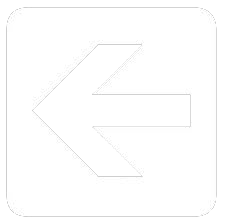|
 Previous part (Introducton to AG Bell) Previous part (Introducton to AG Bell)
How the telephone came about
Bell had been experimenting for some time with a
device he called a "Harmonic Telegraph". A device which was intended to transmit several
messages by Morse code simultaneously -
probably the first use of Frequency Division
Multiplexing - a method of using different
frequencies to carry several independent streams
of communication simultaneously over the same
channel. FDM would later become fundamental to
all sorts of telecommunications, in particular the
broadcasting of multiple TV and radio stations as
well as a way to make more efficient use of
telephone lines. In fact, your DSL broadband line
relies on FDM to allow it carry high speed data and
phone calls at the same time.
Bell had enlisted a Boston based engineering
company to make the prototypes for his Harmonic
Telegraph, and the employee assigned to build
them was Dr. Thomas Watson. One day Bell came
charging into Watson's workshop with a part from
his Harmonic Telegraph. It had not been made as
he had intended and rather than stopping at the
front desk, Bell went straight to the engineer
assigned to it. Bell already had a customer for his
Harmonic Telegraph - the Atlantic & Pacific
Telegraph Company, pretty much guaranteeing
him great riches except for one problem...he
couldn't get the thing to work properly. In
retrospect this was perhaps something of a
blessing, for had it worked, he most probably
would not have stumbled upon the basis for the
telephone.
Bell and Watson were to spend many hours,
typically in the early morning, working on the
Harmonic Telegraph and Bell would frequently
regale Watson with grand ideas of theories and
devices he could envisage. Watson was used to
wannabe entrepreneurs coming into the workshop
with their hair brained schemes many of which
were doomed to failure and Watson had learned to
take them with a pinch of salt, but one idea of Bells
so captivated Watson he could remember for the
rest of his life the exact words Bell used to introduce it:
"If I could make a current of electricity vary in
intensity, precisely as air varies in density during the production of sound, I should be able to
transmit speech telegraphically"
The majority of people however, including Bells'
financial backers and even Watson himself
believed the apparatus envisaged by Bell would be
far too costly to produce and that time would be
better spent perfecting the Harmonic Telegraph.
Watson described this period as a "nightmare" -
the Harmonic Telegraph refused to work correctly
and both Watson and Bell became increasingly
frustrated and discouraged.
|
